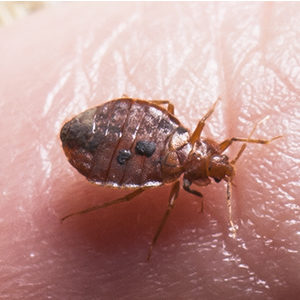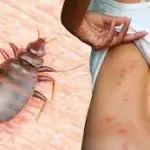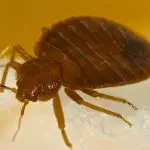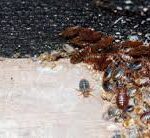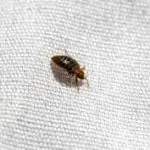How Far Can Bed Bugs Detect Humans?
While bedbugs can feed on many warm-blooded animals, they mainly eat humans. Fortunately, their bites are relatively painless, so humans rarely notice them. However, they can be irritating, resulting in red, itchy welts. Fortunately, they rarely transmit disease. Topical steroid creams can help alleviate the itching.
Unlike fleas, bedbugs don’t transmit serious diseases, so they can be controlled. However, their bites do cause significant blood loss over time, which could lead to anemia. Bedbugs feed on exposed areas of the body such as the skin and creases. They are often present during the night, when human bodies are most exposed.
Adult bedbugs are oval in shape and about 1/5 of an inch long. They have wingless bodies with well-developed antennae and tiny compound eyes. They also have a pronotum or area behind their head covered in many small hairs. Bedbug nymphs are much smaller and paler. Their skins are red or brown. A light, acrid odor can be detected, which is a sign of an infestation.
While bedbugs cannot fly, they can crawl at high speeds. They can move three or four feet per minute on a flat surface. At these speeds, bedbugs can travel between floors, and quickly tuck into a new hiding place.
